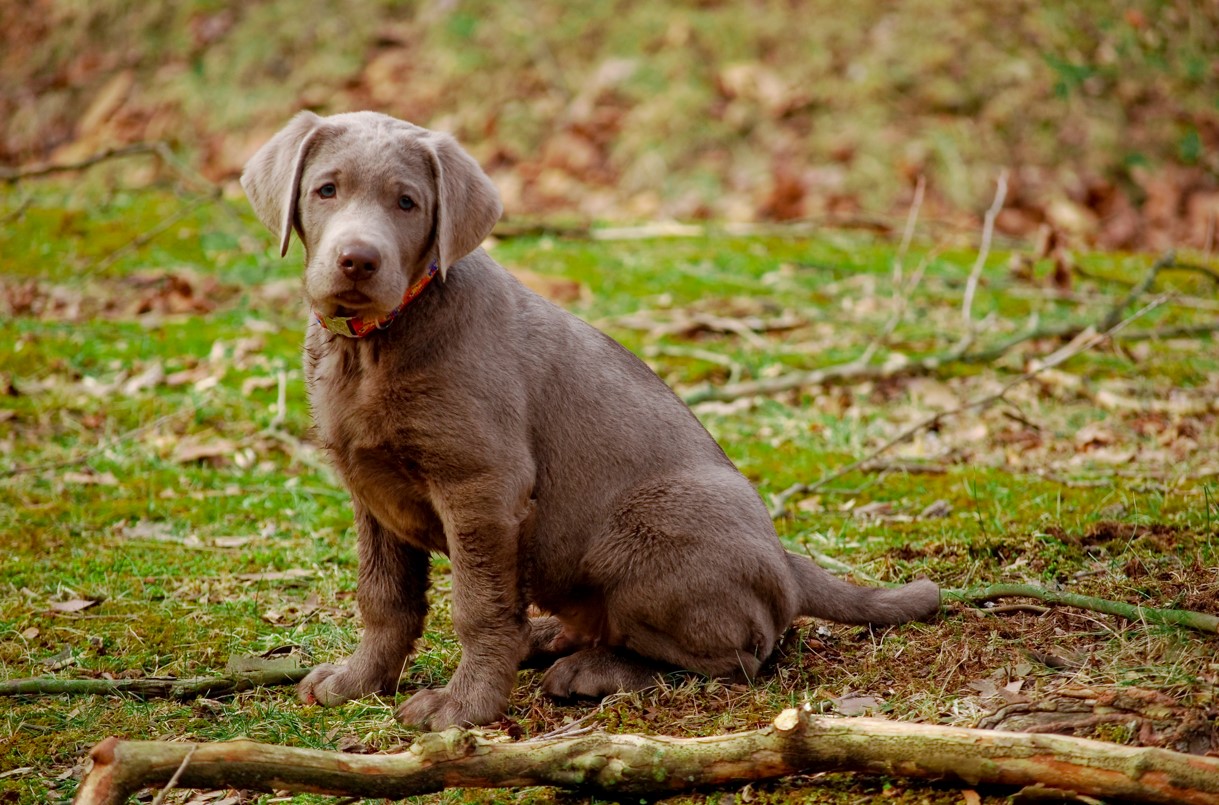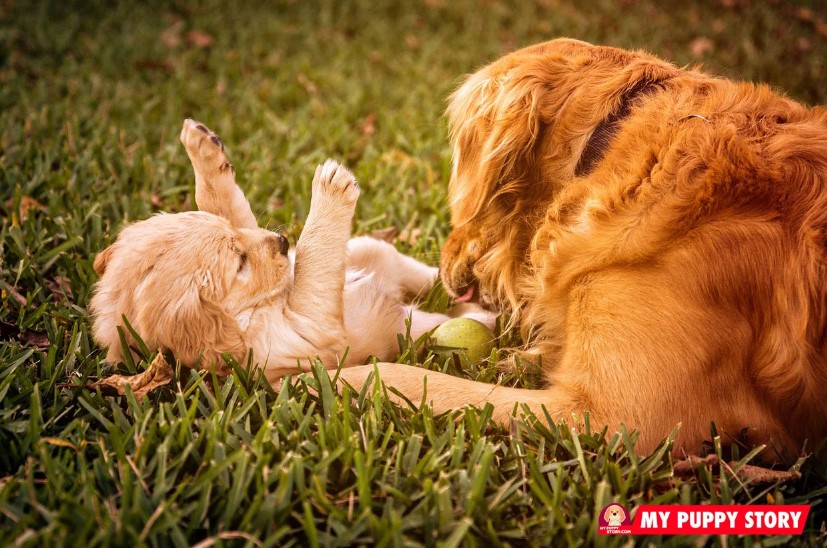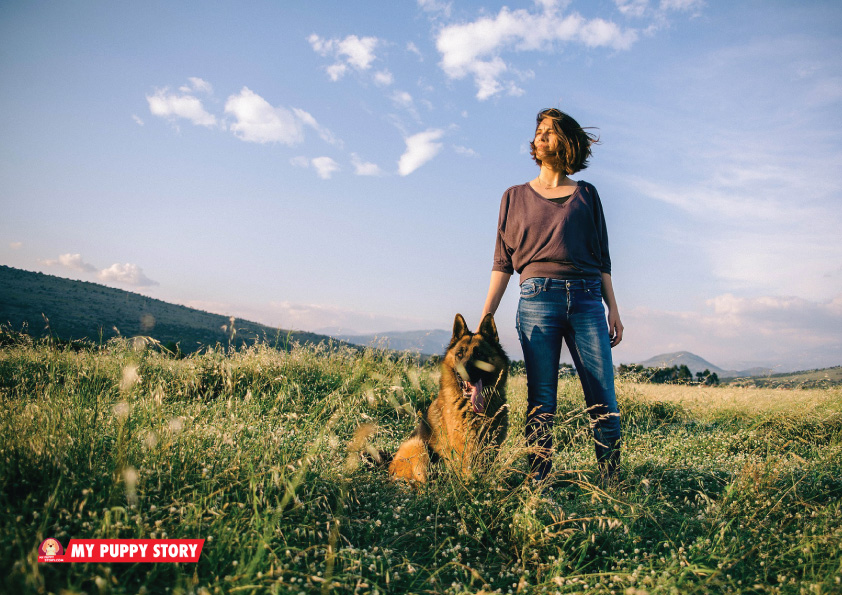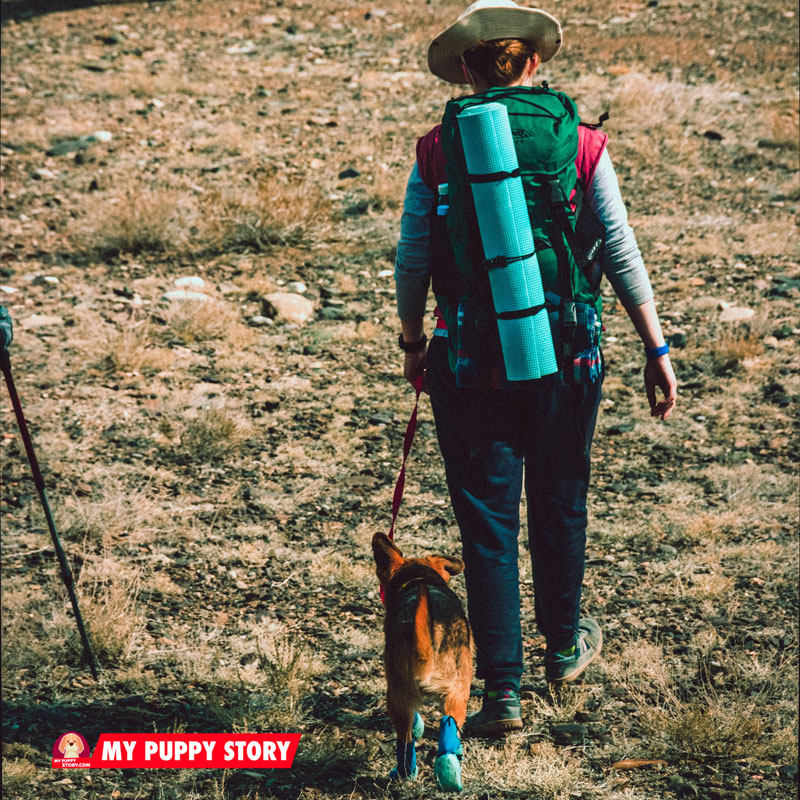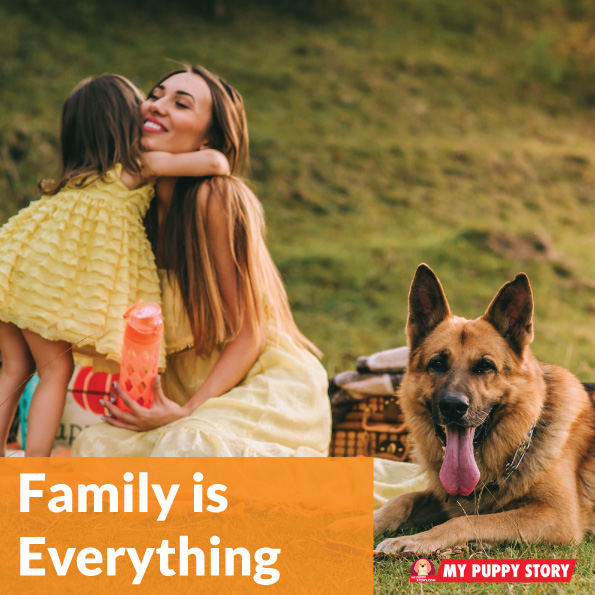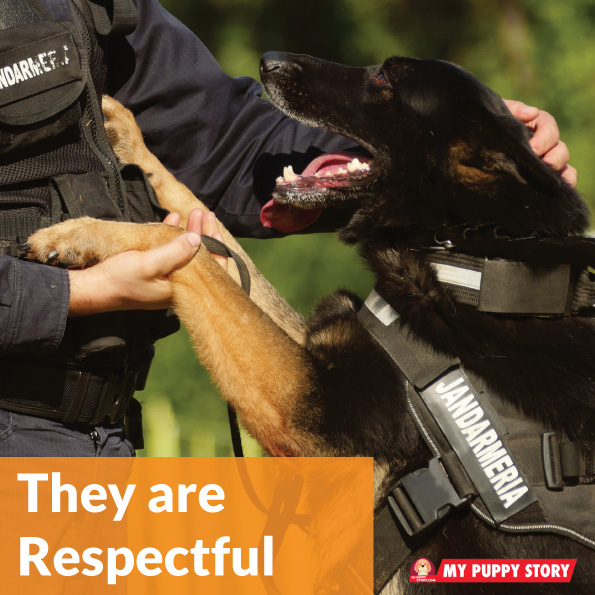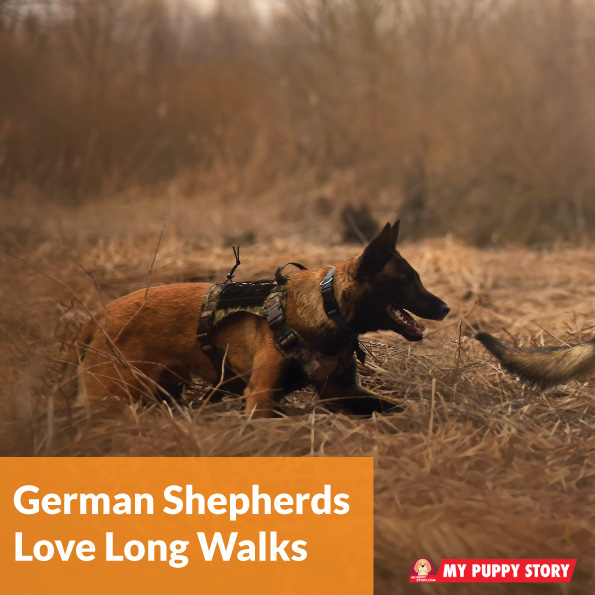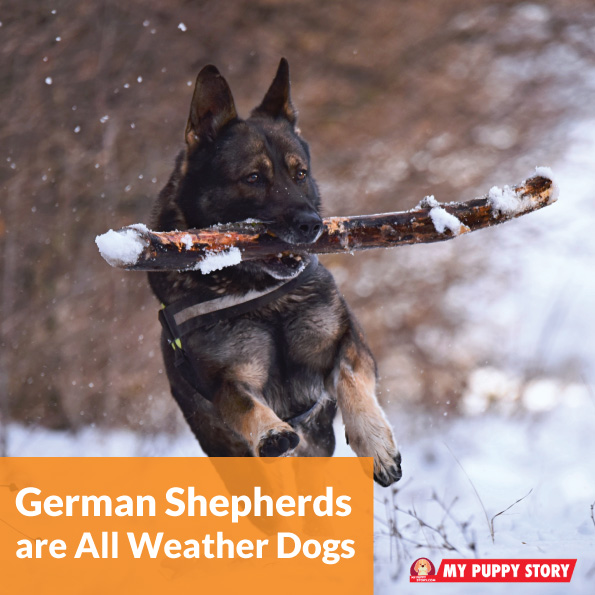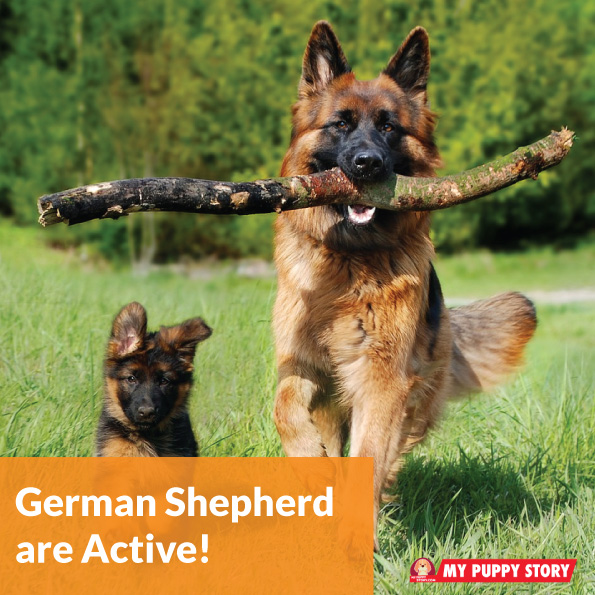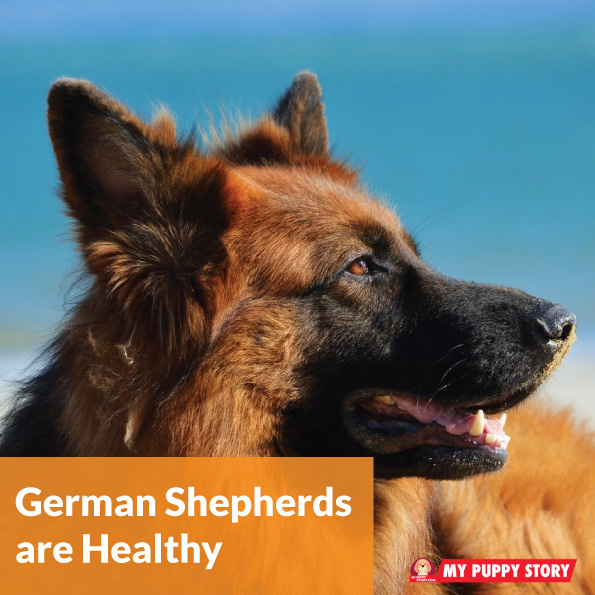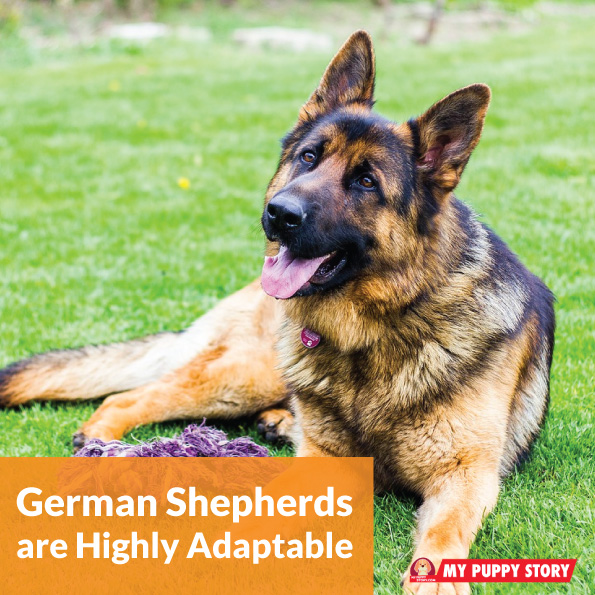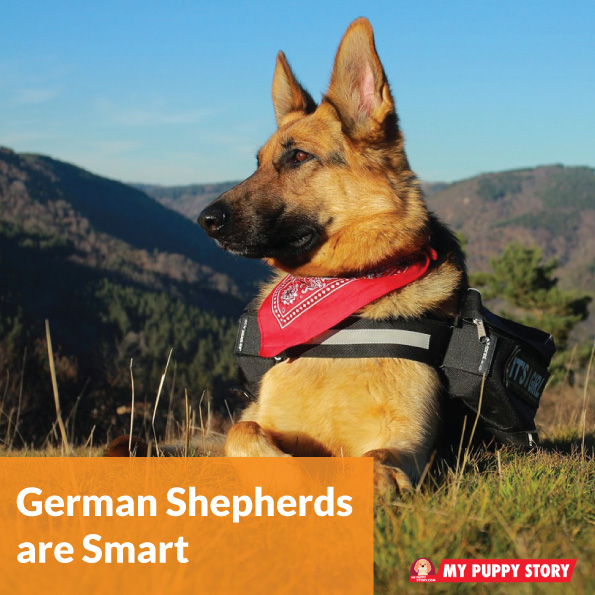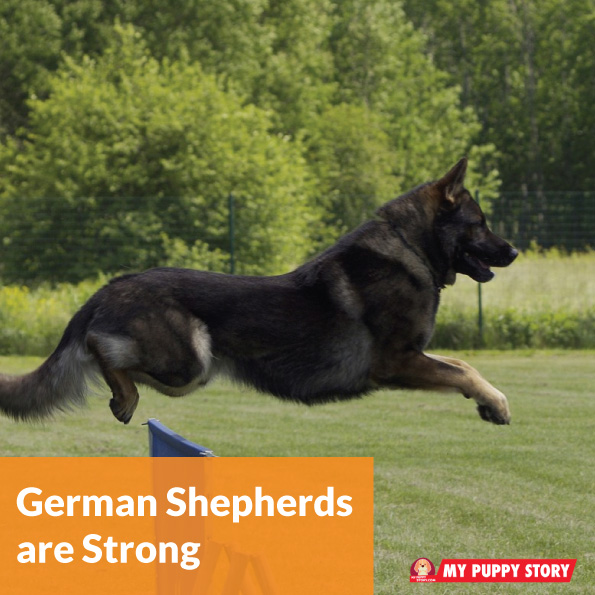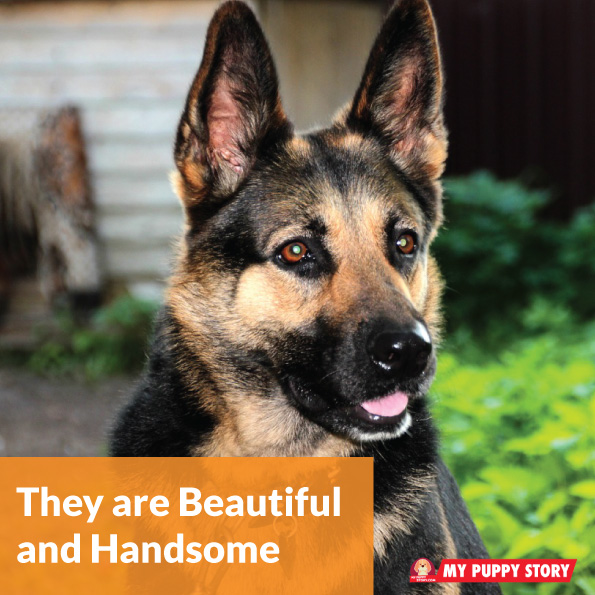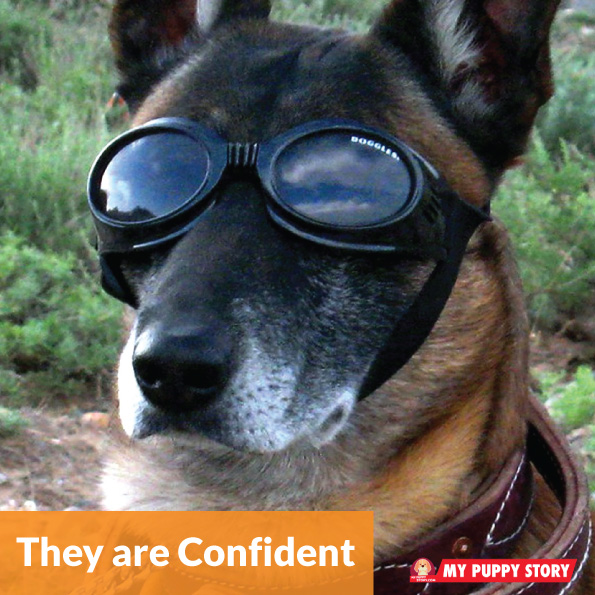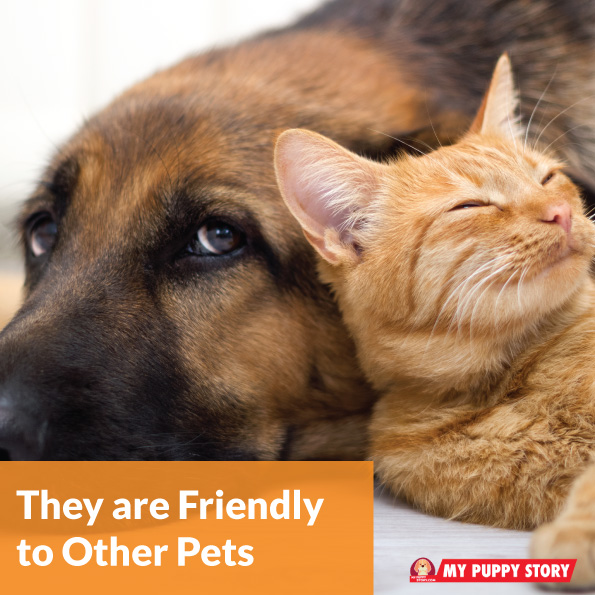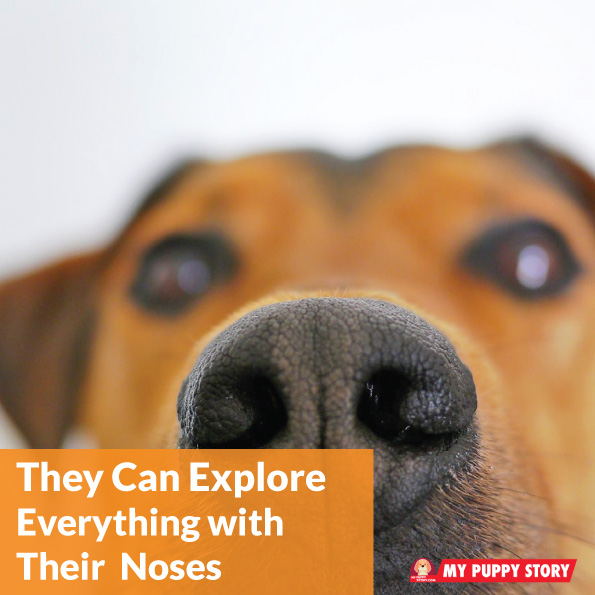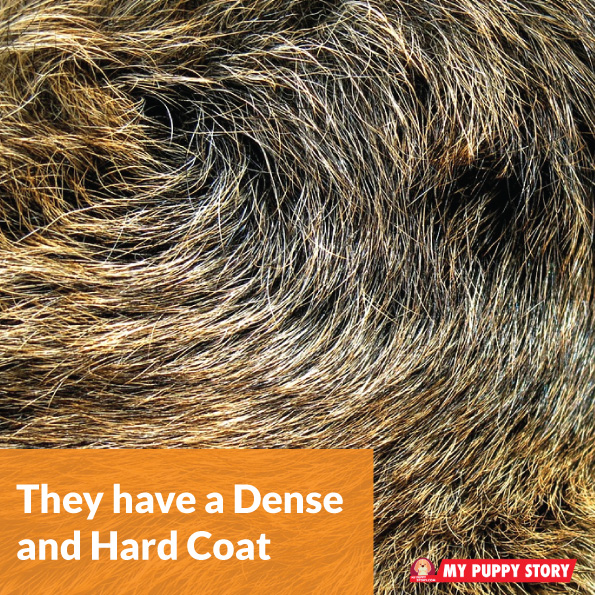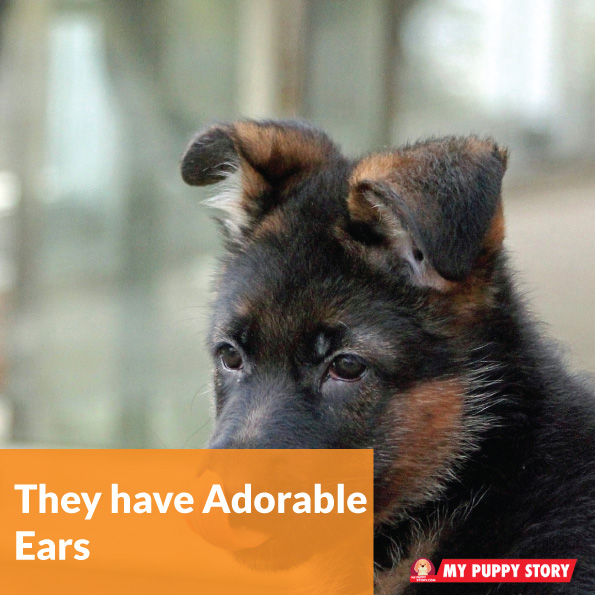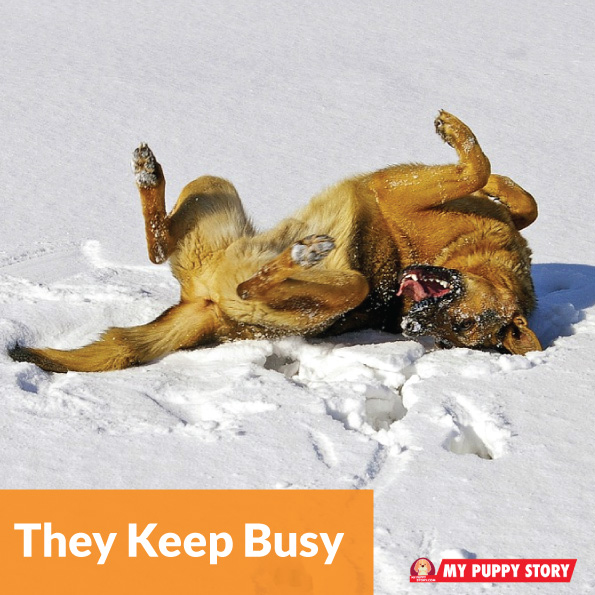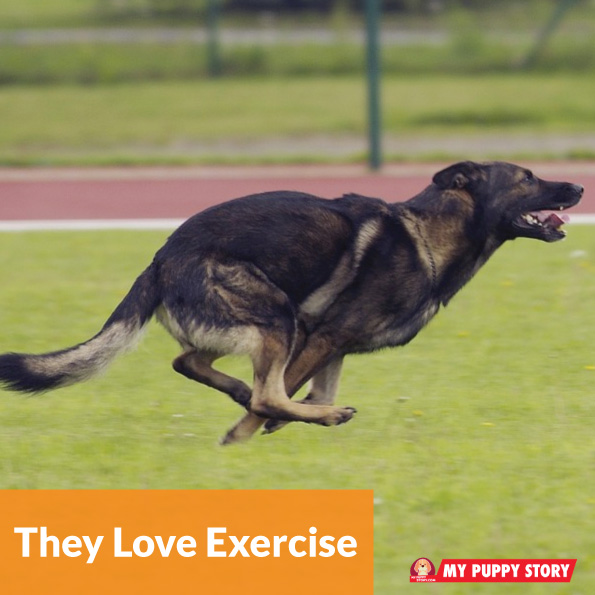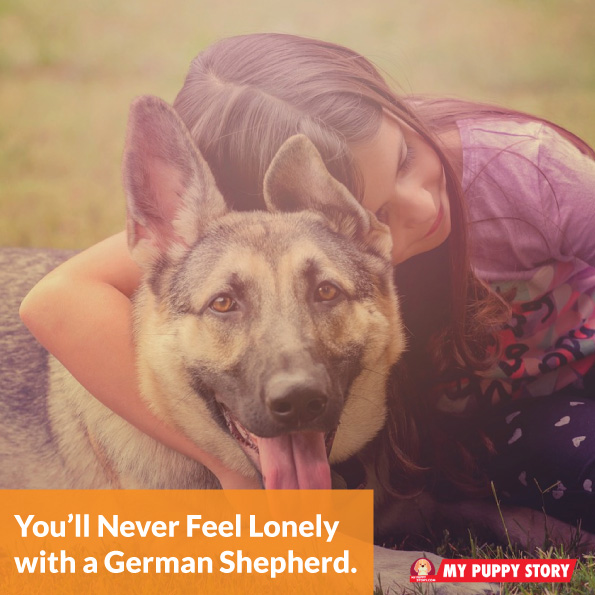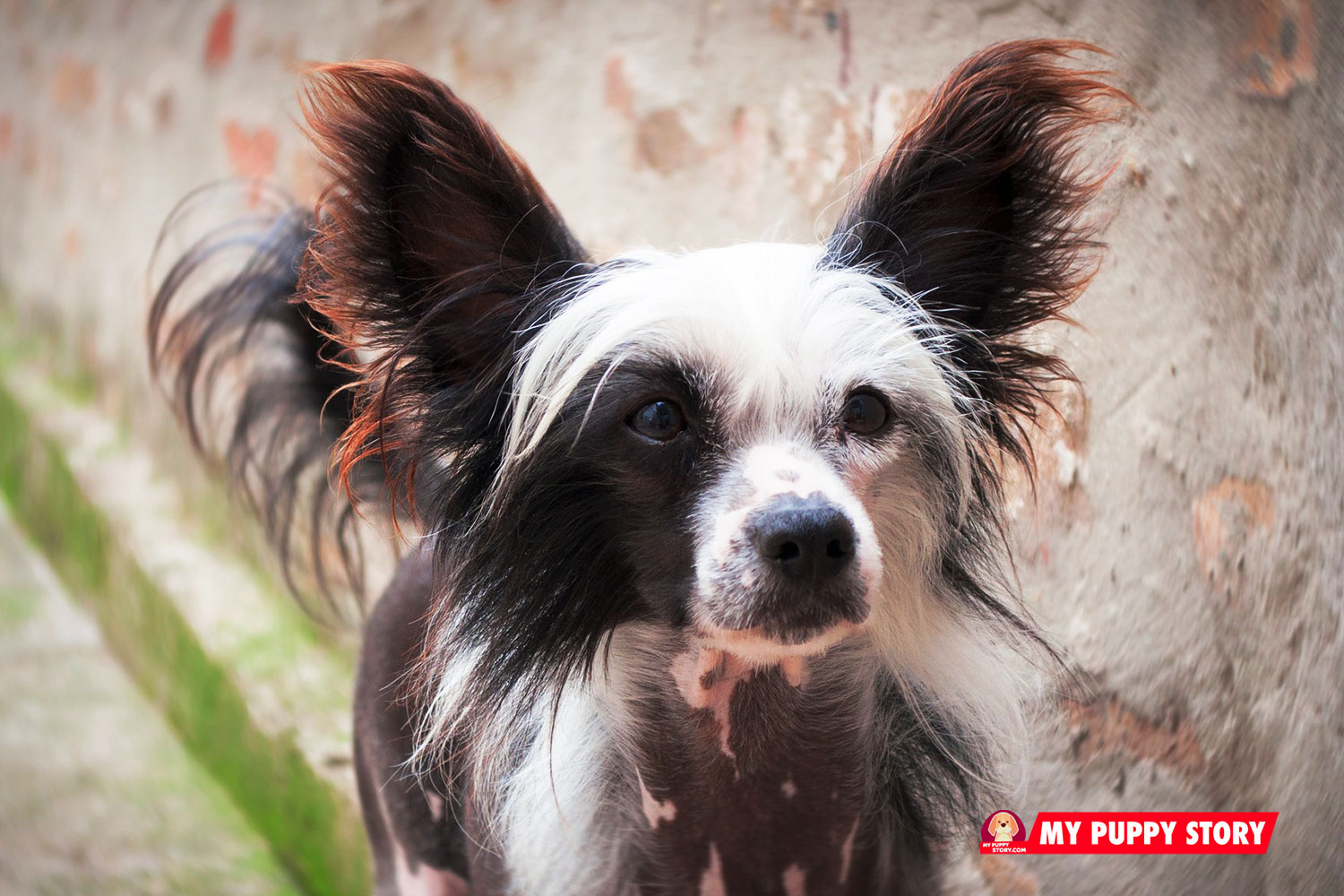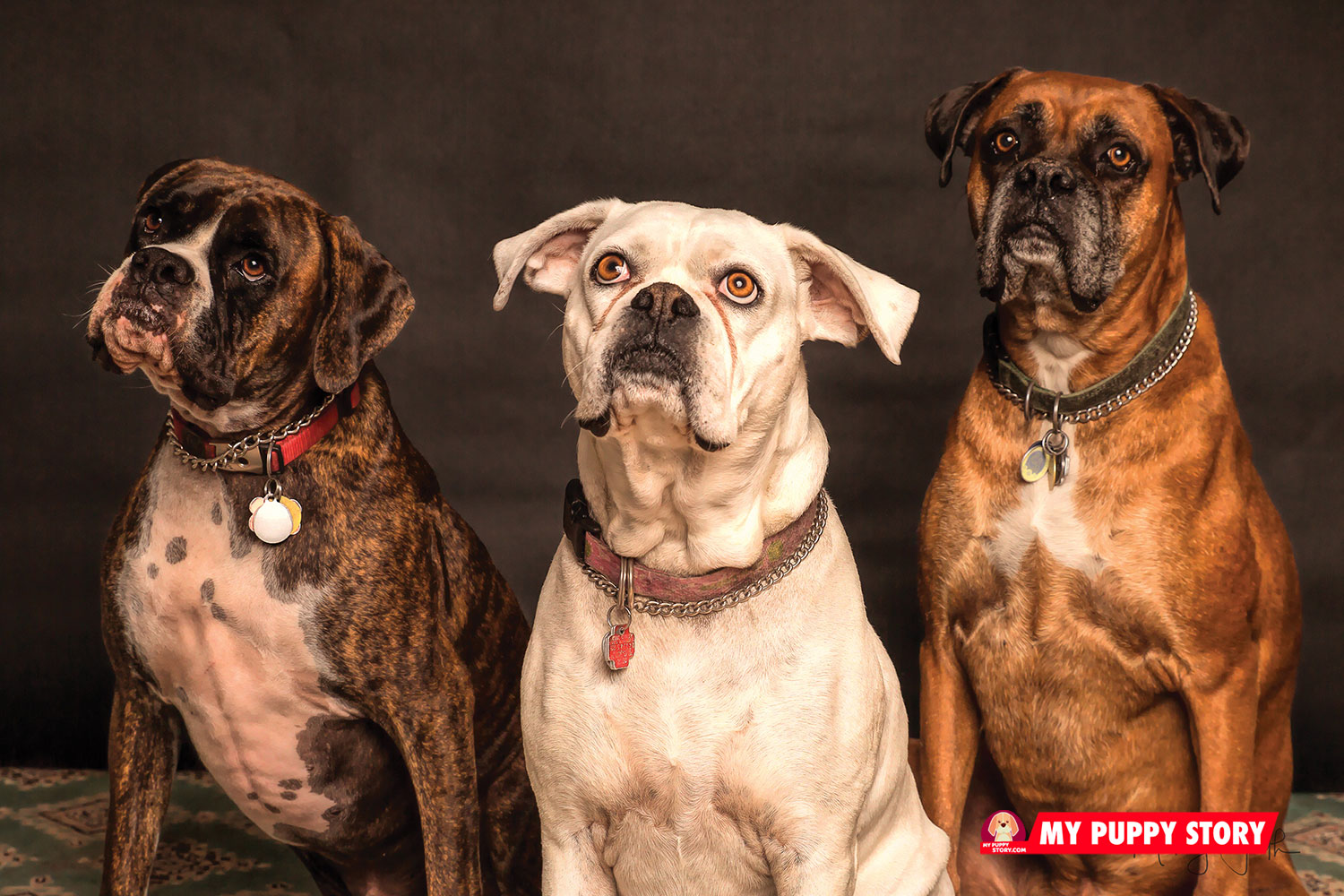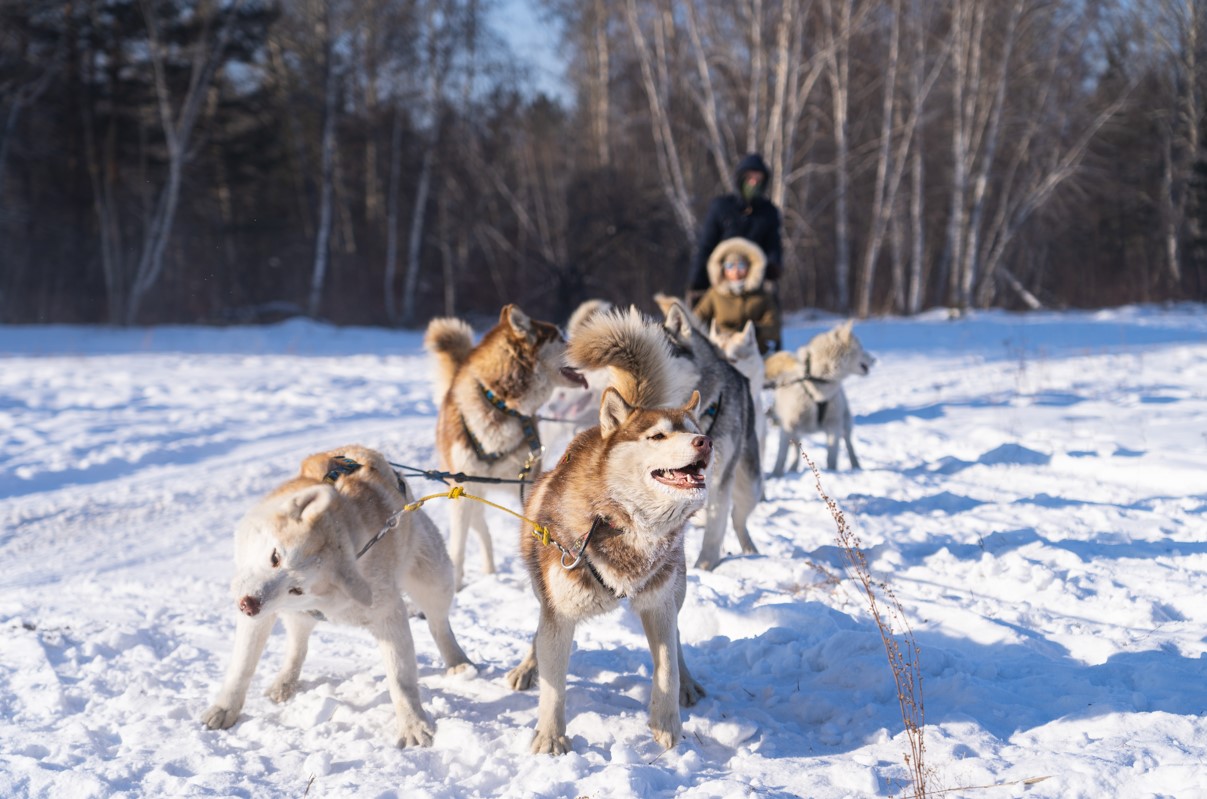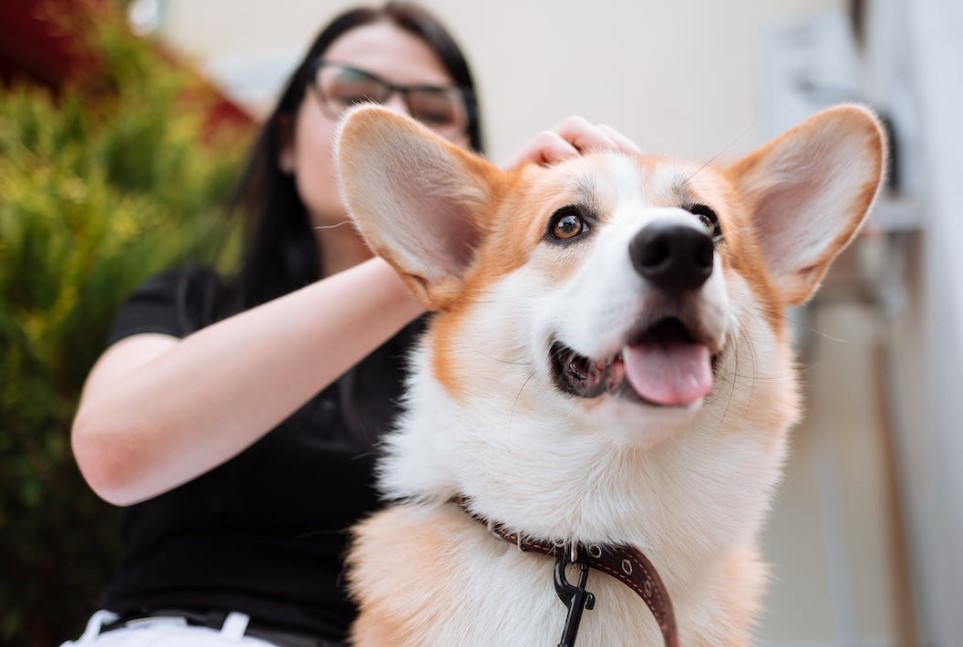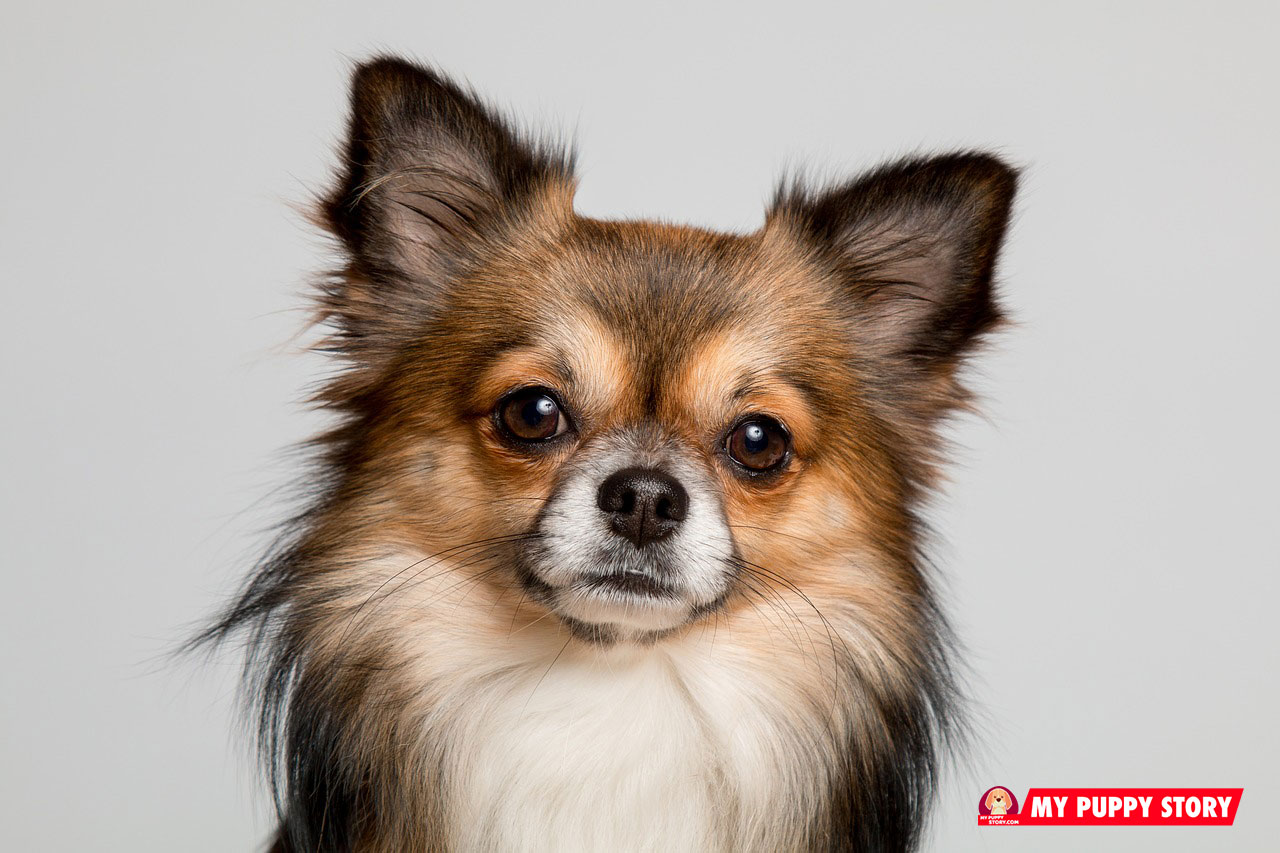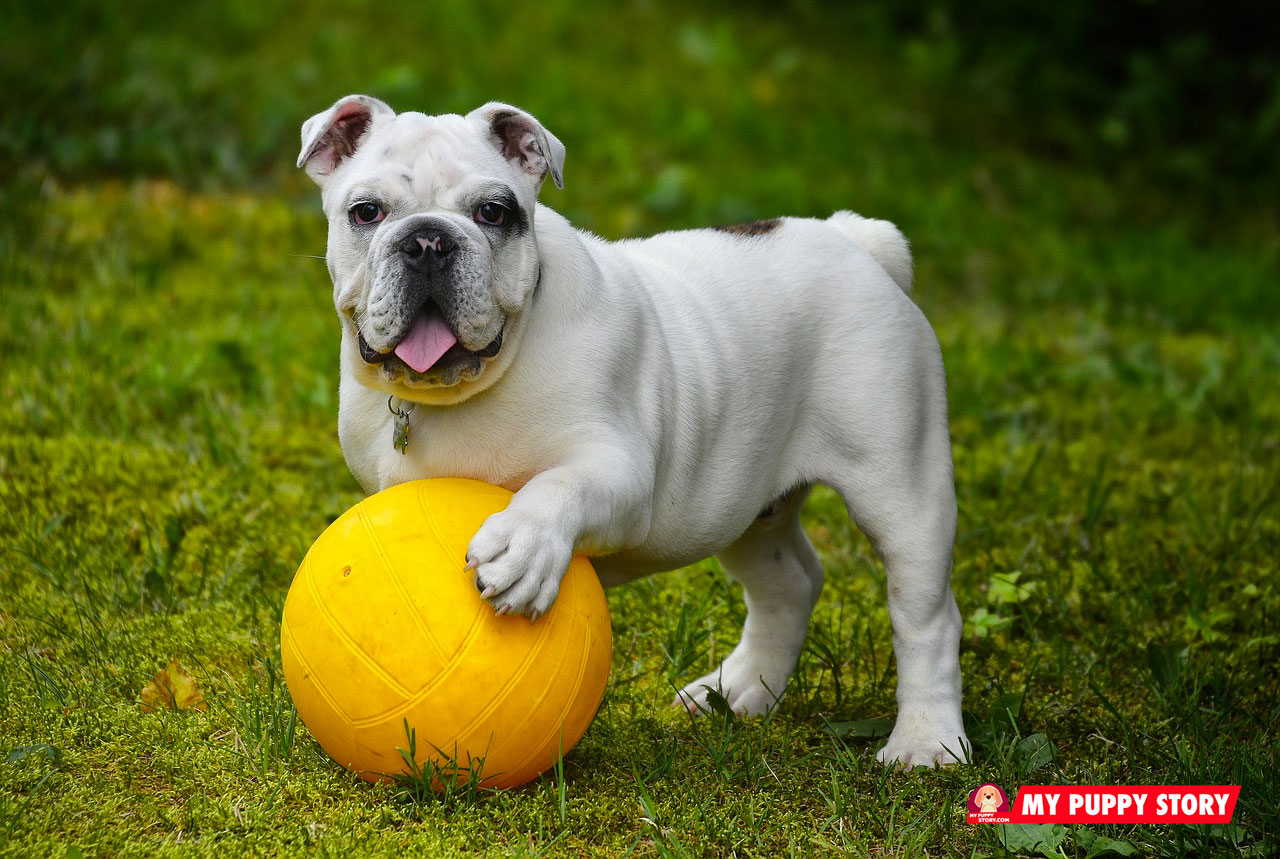If you have witnessed the beauty and energy of Chocolate Retrievers, then here we present another proud addition to the Labrador family – the Silver Lab.
Akin to all the other members of this family, the Silver Labs are intelligent, loving, and full of energy. But what makes them stand out among others is the unusual coat colour.
The blue-silver/grey colour of the coat is something that named the dog as Silver Labrador. So, if you are thinking about having this dog breed, then all you need to do is to keep reading.
In this writing, we will discuss everything regarding this stunning Retriever to help you make the right decision before adopting one.
- Breed Family: Sporting group
- Height: 21-24 inches
- Weight: 55-80 pounds
- Colour: Silver/Grey
- Dog-Friendly: 5/5
- Temperament: Active, friendly, intelligent
- Activity Levels: Upwards of 1 hours per day
- Needs for Grooming: Moderate
- Life Span: 10-14 years
What is a Silver Lab?
Basically, the creation of two recessive genes (these dogs belong to the Labrador family.)
Most people are of the view that there exist only three types of Labradors, including black, yellow, and chocolate. However, with the silver-grey-blue coat, Silver Labs have made their spot as well.
Till now, their pedigree is not confirmed, so they can only be work dogs. Originally this breed was bred to be used as gun dogs, but now they can either be gun dogs, obedience dogs, show dogs, or sniffers.
Being a working dog, Labrador possessed a significant amount of energy in them and required an hour of exercise to balance that energy.
Dog Appearance:
The Dog has a broad skull with a full chest and back. The ear is floppy like all other Labradors with a thick tail.
Their coat is also similar to that of other members of the family, dense, hard, and straight. However, it’s the colour that distinguishes them from other Labs.
They have a double coat of silver-grey-blue colour, and from here, they got their name as Silver Lab.
Also, they shed hair heavily, especially during fall and spring. Some of them have blue eyes, but that is acutely rare.
The Origin of the Silver Colour Coat:
The most distinguishing feature in this breed is the silver-grey coat, but have you ever wondered where they get this unique appearance?
The silver-grey-blue colour of the dog coat comes from the two recessive genes, as mentioned earlier. In a Silver Labrador, instead of a usual combination of dominant-dominant genes or dominant-recessive gene, the mixture becomes recessive-recessive.
This combination is known as the dilution gene, and it tends to dilute the colour of the coat in Labradors. So if the Chocolate Lab possesses two recessive genes, then it tends to drift towards a much lighter version.
Thus a Chocolate Labrador would become Silver Lab, Black Labrador, Charcoal Lab, and Yellow Labradors dilute to Champagne Labradors.
Structure of Silver Labs:
Along with a broad overall body structure, these beautiful dogs could be 21-24 inches long. An adult Silver Lab could weigh between 55-80 lbs. Females are slightly shorter than a male, but that difference is not very obvious.
The Nature of Silver Labrador:
Similar to other Labs, the Silver ones are also jolly, loving, friendly, and intelligent. They could be friends with your family and friends, offering you all a great time watching them play.
The Silver Labs are the powerhouse of the energy and get bored quickly if left unattended for a long time. If you leave them for a long period, they will find entertainment for themselves all on their own.
Most of them like to bark if they get bored, and others tend to chew things that might be precious to you.
So to keep them calm! It is essential to not leave them alone for an extended period as they are usually a friendly dog and love being around people, you can leave them with anyone.
The dog day-care centre could also be a great solution. If you are thinking about having a Silver Lab, then you have first to arrange their entertainment or engagement to divert their energy into something positive.
These dogs are extremely friendly and love to interact with other people and animals. They are playful and jolly around children and offer a great partner for them.
The Silver Labradors connect with children instantly and socialise with them accordingly. However, you have to keep a strict eye on their eating habits.
They have big mouths and love to eat so that they would find the food almost anywhere. So, the dog food packs you bought for your loving pup need to be hidden somewhere out of the range of your dog.
Training of Silver Labs:
Planning to have a dog? What about training them? Well, it might look quite a tiring task to train a dog, but here is the trick. The Silver Lab or any other dog breed can be trained well with a positive reinforcement strategy.
The Silver Labs have a gigantic appetite, so if you want them to learn quickly, reward them with treats. Moreover, this breed is quite intelligent, so they will learn quickly and make training an easy task.
Along with treats, you can also use toys as rewards for their correct behaviour.
As mentioned above, these Labs breeds are highly energetic and require to engage their energy into something positive otherwise; they get bored quickly.
You can play fetch with your pet, to burn the excessive energy.
“Silver Labrador Retriever – Is It Right for Your Family?”
Exercise Requirements:
If you want your pet to stay away from pouring down its energy on your personal items, then a 1-hour walk a day is a must.
A home with a backyard or an open space would be an ideal place to keep them.
This dog is not suitable to be kept in apartments where he does not have any space to walk or run.
Take your dog on a stroll every day to keep them active and healthy.
FYI: Your Silver Lab is a highly intelligent breed; you can unleash them to explore new places.
Caring for a Silver Lab:
Your adorable pooch requires your attention, love, and care. To keep them energetic and agile, they require daily exercise, and they need your constant care and attention.
You can take them for a stroll or a good run to keep them healthy and agile. Along with exercise, they require regular training and socialising. Socialising your dogs at a young age is crucial to make them acquainted with other dogs and people.
But what about the grooming of your loving pup? Grooming is an essential part of their routine to keep them healthy and tidy.
The dog requires a gentle and firm brushing to maintain a healthy and shiny coat. You have to take them for regular trimming and check-up sessions to keep them healthy.
Take your Lab pet to the dog saloon for beautiful hair and nail trimming and cutting. Brush their teeth regularly with a finger brush or chews.
Silver Labrador loves to swim and thus become prone to ear infections. So take them to a veterinarian for a complete check-up at regular intervals.
Hair Shedding is a Silver Lab:
They come with a double coat, and this makes them shed a significant amount of hair, especially during spring and fall. So, it is highly recommended to brush your dog twice a week to keep their coat healthy.
Moreover, in the shedding season like fall and spring, you can increase the brushing sessions. So if having this dog breed is in your bucket list, then invest in an excellent quality brush as well to keep their coat smooth and healthy.
Silver Labrador Diet:
A dog diet is an essential part of their health.
Being an average size dog breed, Silver Lab requires only one & quarter cup of dry food twice a day. But you can mix the dry food with the wet one to form a more balanced diet for your adorable pooch.
While purchasing food for your pet, it is prudent to choose a dog food containing 25% of protein and no rendered fat, wheat gluten, or corn in it.
We have already mentioned that Silver Labs are big eaters, so you must keep a check on their food intake to avoid obesity.
Healthcare Issues:
As these cute Labs belong to the Labrador family, they tend to have similar diseases as well. Mostly they fall for the elbow and hip Dysplasia and eye infections. So if you purchase a Silver Lab pup from a breeder, it is prudent to ask for its elbow and hip scores.
The double coat on the dog might also pose issues, including hair follicle infections and Alopecia. Although Alopecia is not something fatal, it might cause the appearance of patches on your Lab coat.
In general, this new Labrador family is a healthy, active, and energetic dog that loves to jump, run, and play and will have a usual life span of 10-14 years.
Are You Planning on Having a New Dog?
Having a new dog could be a positive and joyful addition to your family. But before moving ahead with your purchase, here are some tips for buying the healthy pup.
Go to a Reputable Breeder:
Always choose a reputable breeder to have a dog because a reputable breeder comes with a history of healthy breeding and puppies. Although Silver Labrador is a unique breed, a little effort would bless you with the desired results.
Ask for the Parents:
While visiting a breeder for a Silver Lab puppy, always ask for its mother or both parents. Meeting the mother of the pup would enlighten you regarding the nature, temperament, and personality of the puppy.
Ask for Documentation:
The American Kennel Club has certified this dog breed, so while buying one, you can ask the breeder for the documentation. But bear in mind, they will be listed as Chocolate Labradors.
Ask for Information:
A breeder is an individual with a massive amount of information regarding the breed you are going to purchase, so it is always prudent to ask as many questions as you want to gain great insight regarding the health, diet, and exercise needs of your beloved pup.
Conclusion:
A Silver Lab is an ideal choice for a family that has enough time, temperament, and energy to provide this beautiful and loving breed environment it deserves.
As mentioned above, the dog wants someone to be around all the time to keep them engaged, so you have to arrange your office and other chores before proceeding with your purchase.
Apart from the shedding factor, they are not a high maintenance breed and thus doesn’t pose any burden on your pocket. Once you have them in your life, they will make a special place in your heart and life on their own.
Who doesn’t love a loving, responsive, and sometimes silly dog? A Silver Lab is an excellent replacement for a best friend in your life as all they need is love and affection and provide you with the same.
If you have any queries or questions regarding this precious and handsome breed, then do let us know in the comment section.

